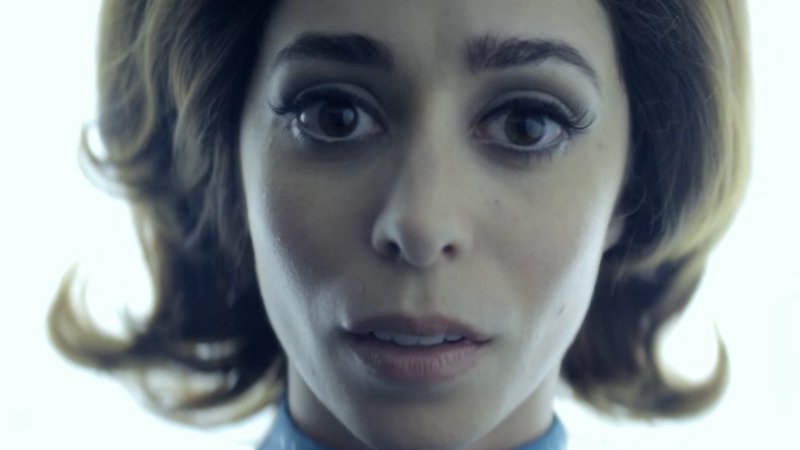Les Mis production falls short in acting
Since its Broadway debut in 1987, Les Misérables continues to be culturally significant both in and out of the musical theater industry. Set during the French Revolution, the opera challenges the audience to think about themes of love, redemption, and sacrifice, and how it relates to our own world. Due to the musical’s exceptional themes and messages, as well as the undeniable talent the show demands, I was excited to get my own ticket for the performance at Proctors Theater in Schenectady, New York. Prior to seeing Les Misérables, I had only watched the 2012 movie and the 25th anniversary concert of the show. Regardless of my limited exposure to the stage production, I still had high hopes for this performance. Overall, I was considerably disappointed in the choices made in this specific show.
One of the problems was the overtly theatrical acting. Throughout the show, there were several scenes involving physical altercations between characters. Also known as stage fighting, these interactions are designed to look real by giving off the illusion that it is a genuine fight between actors. In this version of Les Mis, the fighting was incredibly planned out and melodramatic to the point of it being unbelievable. These moments made me laugh a little during the show because they seemed so ridiculous. There was even a moment when a character was shot, turned around to face the audience, and just fell behind a set piece. Another instance of this involved the show’s comic relief characters: Thénardier and Madame Thénardier, best known for their big number, “Master of the House.” The pair are a bit outlandish in the way they run their inn and interact with other characters, which makes for good humor. Despite this, sometimes their efforts felt excessive. At times, I wasn’t sure if the actors were improvising some of their lines for quick laughs, because most of those moments just seemed unnecessary. In the versions of the musical that I’ve seen, the Thénardiers are eccentric, but not overbearing, which makes me rather disappointed in the acting abilities of the cast.
Another one of my main issues with the performance was with how characters were introduced. On multiple occasions, I had trouble separating the leads from the ensemble. During “At the End of the Day,” for example, the audience is introduced to the hardworking single mother Fantine as she works in the factory. Although the actress was positioned apart from the rest of the ensemble, I didn’t realize she was Fantine until she started singing solo sections that I recognized from the movie. During the scene, I even had difficulty picking out the soloists out of the crowd of people on stage. Usually, in a production, the director uses different stage elements—such as the lighting or costume design—to uniquely emphasize certain characters; sadly, an essential feature that was extremely lacking in this production. In regards to the leads, I also was disappointed with how they handled each lead’s big solos. “On My Own” is Éponine’s power ballad as she comes to terms about her feelings for Marius. Ignoring the clear vocal talent of the actress who played Éponine, I felt this rendition did not adequately execute the emotion or intensity of the song. A similar situation occurred during “Javert’s Suicide: Soliloquy.” This number is a character-defining moment for Javert as he sings about his relationship with ex-convict Jean Valjean; I felt this version of Les Misérables didn’t do the character justice.
However critical of the performance I may be, I do believe it was vocally one of strongest shows I have seen in recent years. Yet, I felt that it had lost some of the original production’s dimensionality. I find this a little bothersome considering Les Misérables’ messages of social condemnation and redemption are still prevalent today. They had a chance to capture the audience by alluding to some of these current social ills through their storytelling; but sadly, they didn’t meet my expectations. Most people look forward to these national tours of musicals because most people cannot afford to go to New York City to see the original cast and show. That being said, these tours should make a greater effort to maintain the excellence of the original show, giving it and the audience sufficient value through each performance.

 Recommendations
Recommendations
 Movie Review
Movie Review